May 7, 2016
Problem of London’s success + Design & people + Latest Work&Place 0
 In this week’s Newsletter; Simon Heath suggests that FM should be satisfied with remaining essentially a service; Mark Eltringham bemoans the rise of tall buildings; examines commercial buildings that become synonymous with an organisational or sector crash; and celebrates the work of Donald Broadbent, whose research into cognitive psychology helps us address the effects of unwelcome noise in open plan offices and of German artist Fritz Kahn, in providing some understanding of how people respond to their surroundings. There’s news of a significant drop in employee satisfaction; why remote working may help to reduce the strain on overcrowded cities; and the negative effects of admin and unreliable technology on productivity. You can read the latest issue of Work&Place, download our Insight Briefing, produced in partnership with Connection, on the boundless office; visit our new events page, follow us on Twitter and join our LinkedIn Group to discuss these and other stories.
In this week’s Newsletter; Simon Heath suggests that FM should be satisfied with remaining essentially a service; Mark Eltringham bemoans the rise of tall buildings; examines commercial buildings that become synonymous with an organisational or sector crash; and celebrates the work of Donald Broadbent, whose research into cognitive psychology helps us address the effects of unwelcome noise in open plan offices and of German artist Fritz Kahn, in providing some understanding of how people respond to their surroundings. There’s news of a significant drop in employee satisfaction; why remote working may help to reduce the strain on overcrowded cities; and the negative effects of admin and unreliable technology on productivity. You can read the latest issue of Work&Place, download our Insight Briefing, produced in partnership with Connection, on the boundless office; visit our new events page, follow us on Twitter and join our LinkedIn Group to discuss these and other stories.











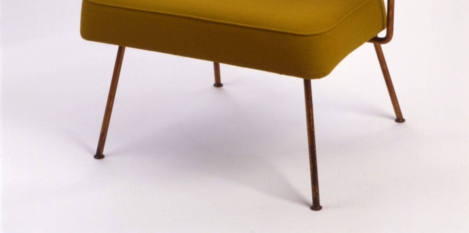





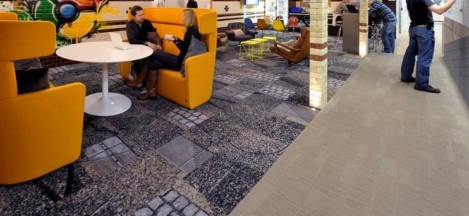
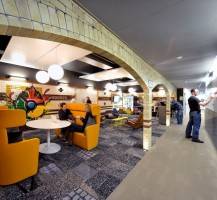


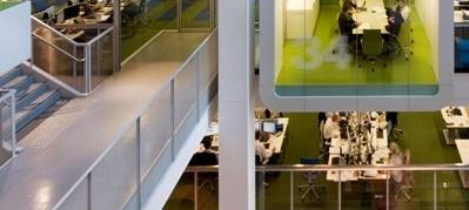
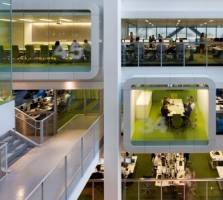




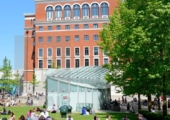


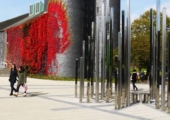

May 17, 2016
London’s central office market peak driving change for other zones 0
by Tobi Crosbie • Cities, Comment, Facilities management, Property
There are plenty of good reasons to believe that London’s Central office market has hit its peak. Rents are at an all-time high in the majority of core office locations and whilst the start of 2016 has seen rents rise, there is certainly a clear steadying of the pace. According to our own data, the Landlord’s quoted rents for offices across the entire Central London market. Core offices such as Mayfair and St James’s have reached levels of £150 per square foot (pfs) in Q1 2016 compared with £120 per square foot in Q1 2015 a rise of 25 percent in 12 months. That does sound excessive, until this is compared with the rises seen East of the city in so called ‘fringe markets’ of Clerkenwell, Old Street and Shoreditch. Here the rents have become eye watering. In Q1 2015, the prime quoting rent in Shoreditch had reached £55 psf. In Q1 2016, this number had reached £75 psf highlighting an increase in 12 months of over 35 percent.
(more…)